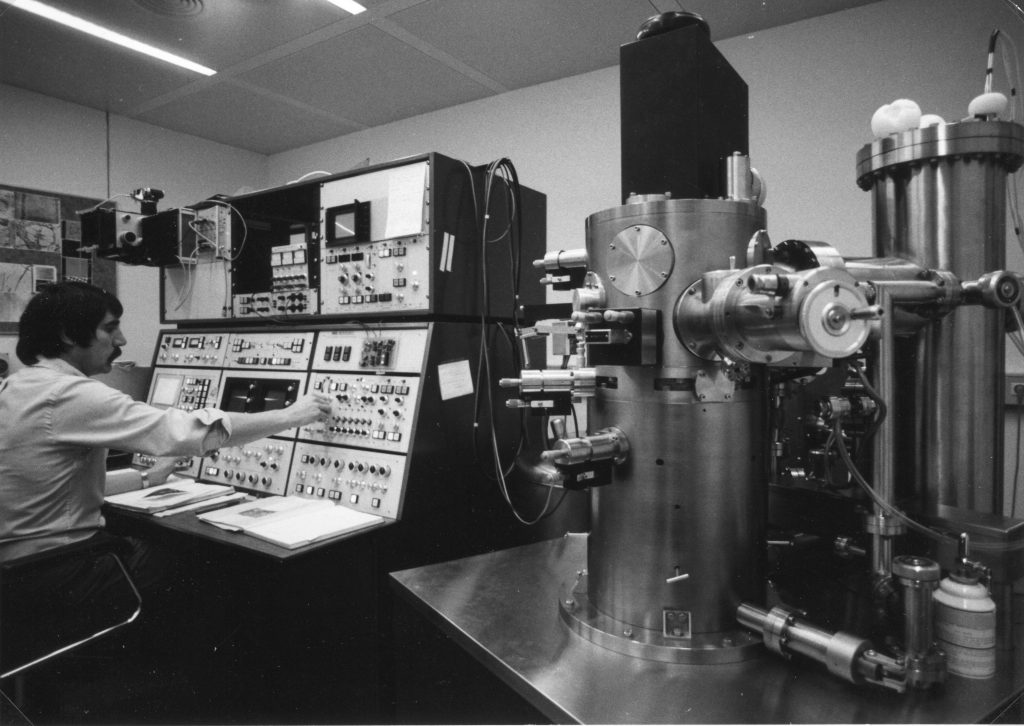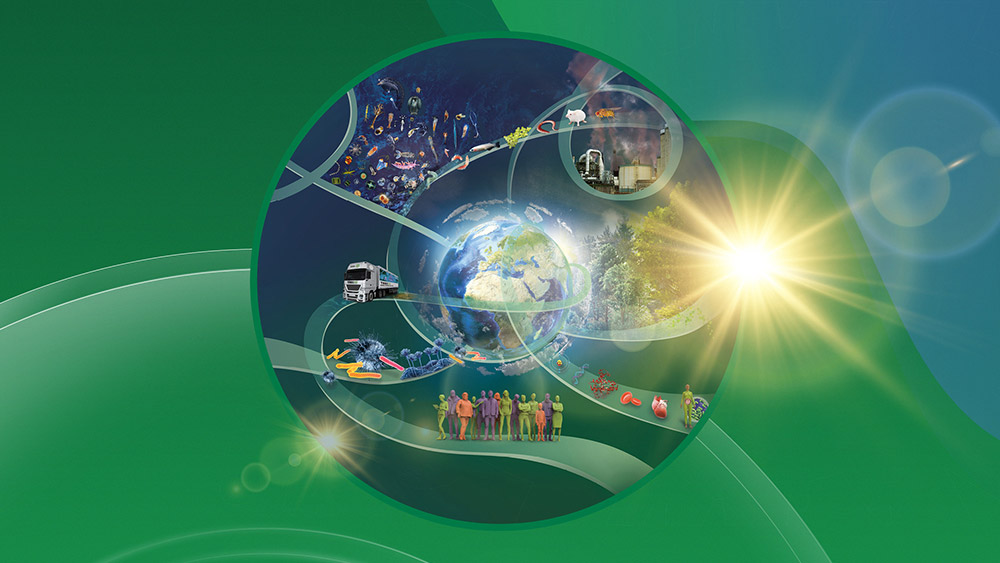2010s
2010: EMBL’s Advanced Training Centre opens, launching its Courses and Conferences office.
2011: EMBL@PETRAIII beamline collects its first data.
2012: GSK acquires EMBL spin-off Cellzome, which is located at Heidelberg site.
2013: EMBL catalyses the formation of ELIXIR, a pan-European initiative that coordinates and develops life science resources across Europe.
2014: EMBL-EBI, the Wellcome Sanger Institute, and GSK build the open innovation partnership Open Targets that would focus on drug target identification, prioritisation, and validation.
2015: Landmark discoveries published on understanding ocean biology on a planetary scale, carried out by EMBL in collaboration with Tara Oceans. Luxendo, a light-sheet fluorescence microscopy instruments manufacturer, is founded as EMBL spin-off; it is later acquired by Bruker.
2017: EMBL Barcelona site opens. Jacques Dubochet is awarded the Nobel Prize for Chemistry for developing cryo-electron microscopy, work done during his time at EMBL.
2018: EMBL Rome researchers show for the first time that microglia can prune and modify neuronal synapses.
2019: Initiated by EMBL, Euro-BioImaging is established as a European Research Infrastructure Consortium (ERIC). ALPX is founded as an EMBL spin-off company, providing automated protein crystallography services based on EMBL’s proprietary CrystalDirect® technology and the online platform CRIMS.





